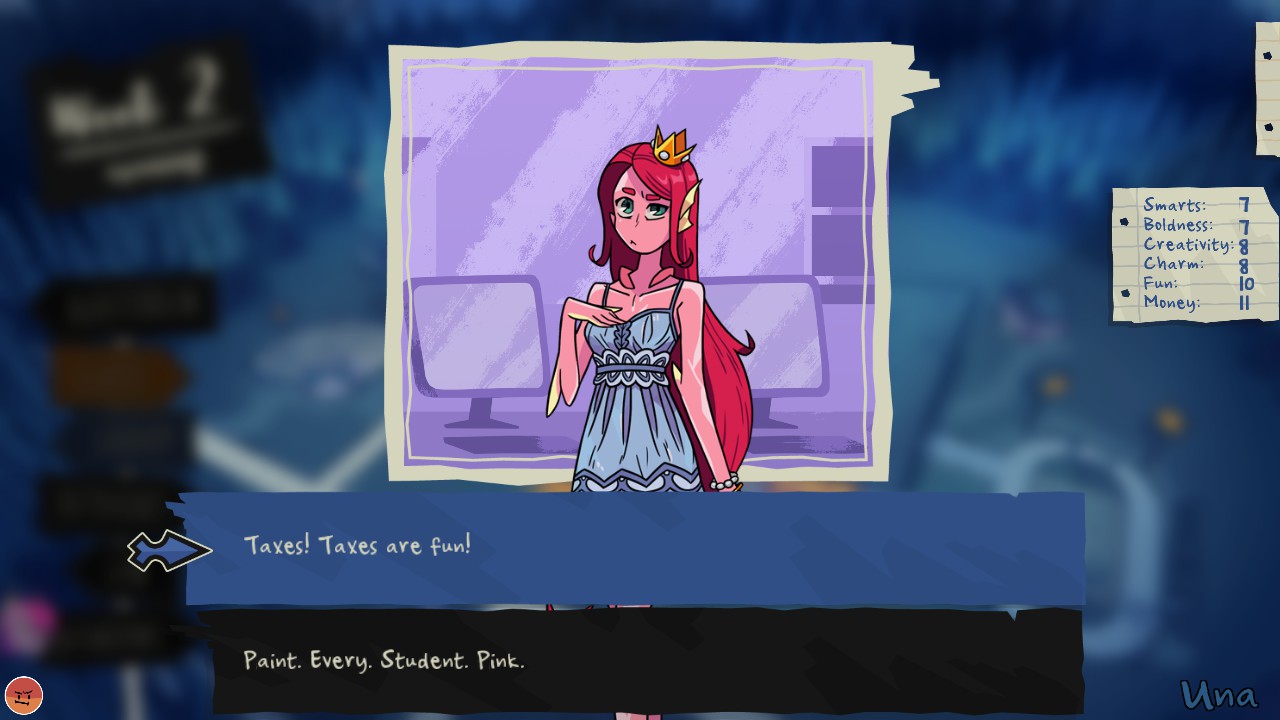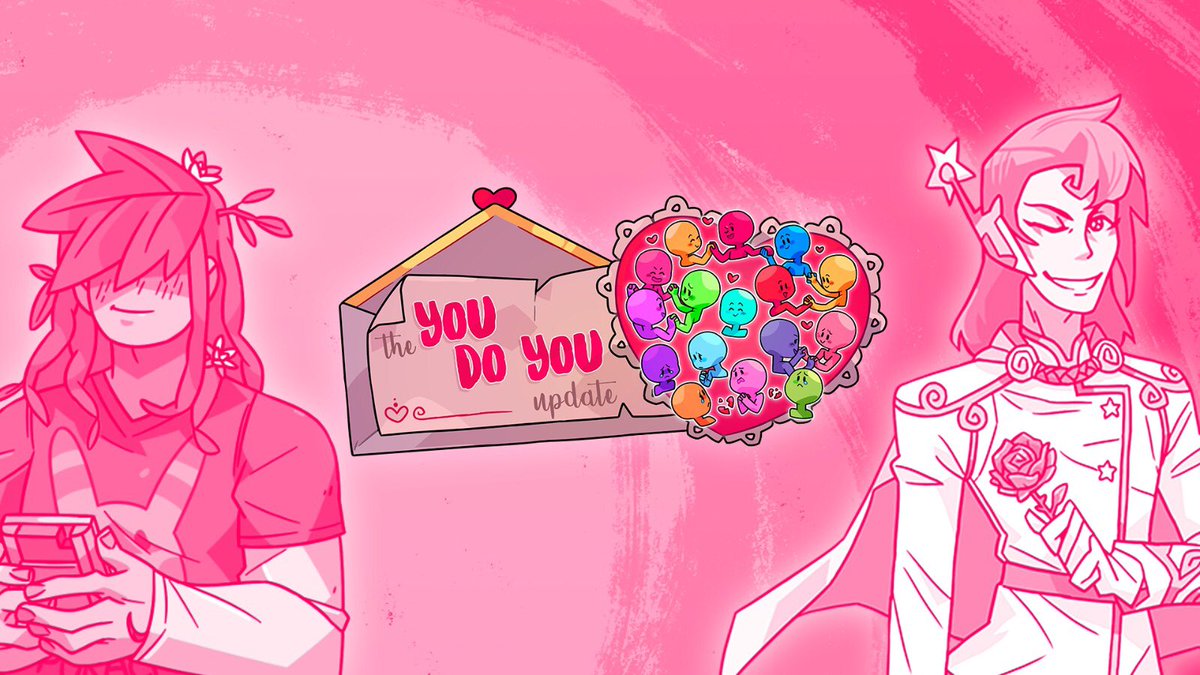
The first crossover, “In The Harsh Light of Day” (BtVS)/”In The Dark” (AtS) doesn’t feature Buffy and Angel interacting themselves, but is well worth watching anyway.

MONSTER PROM SLAYER ROUTE SERIES
To enjoy all the crossovers between Buffy and Angel: The Series fully, you need to watch “Pangs” (BtVS)/”I Will Remember You” (AtS) and “This Year’s Girl”/”Who Are You?” (BtVS)/”Five By Five”/”Sanctuary” (AtS)/”The Yoko Factor” (BtVS). Season Four:Īngel left to star in his own spin-off show at the end of Season Three, so these are the only episodes in which he appears in Season Four. These episodes should cover most of them (though “Beauty And The Beasts,” included for its one major plot development, is skippable if you’re in a hurry-just watch the Previously Ons carefully). While not quite as central to the ongoing plot as it had been in Season Two, Buffy and Angel’s relationship remains a major focus in Season Three, where it undergoes several twists and turns. These episodes will give you a flavor of Buffyas a high school show, and cover the best of the high school years. Like many high school-set shows, the characters eventually grew up and the series followed them to college-and also like many others, a decent proportion of the fanbase are convinced it was never the same after that. In its inception, Buffy The Vampire Slayer was a show about high school, in which the horrors of the teen years took on metaphorical, monstrous forms. There’s a big gap between “Conversations With Dead People” and “Empty Places”, so a certain amount of catching up on the plot may be required-partially fill it with “Bring On The Night” and “Showtime.” Buffy The Vampire Slayer, Route 2: High School

It’s no surprise that the final four episodes of the show are important ones for Buffy, and “Chosen” provides another satisfying conclusion to her story. “Lessons” is another Buffy-centric season opener, while “Conversations With Dead People” offers her a rare opportunity to be psychoanalyzed by a vampire. The main downside to watching only four episodes is, of course, that the arc plot will have to be gleaned chiefly from Previously Ons. It’s not that Season Four doesn’t explore Buffy’s character, but with so much going on, she doesn’t get as much of a chance to shine (Gellar is fantastic in “Who Are You?” – but she’s playing a different character). Add in “Choices” and “The Prom” if you have time.

The back half of Season Three is pretty arc-heavy (so is the season as a whole, actually) so highlighting only one or two episodes will inevitably require some fairly careful attention to be paid to the “Previously Ons,” but “Bad Girls/Consequences” and “Graduation Day” are the most important for Buffy’s personal development. “Homecoming” is a light, fun episode, but it also explores some of the oft-neglected aspects of Buffy’s character, while the much darker “Helpless” continues her journey into adulthood. Like “When She Was Bad,” “Anne” is not one of the show’s finest offerings, but it’s important for developing Buffy’s character in the wake of the Season Two finale.


 0 kommentar(er)
0 kommentar(er)
